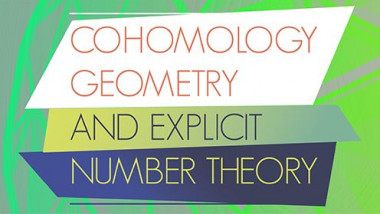Apparaît dans la collection : 2024 - PC2 - Random tensors and related topics
Random Tensor Network (RTNs) are random quantum states associated to decorated graphs, which provide a computable platform to investigate generic entanglement properties of quantum many-body systems. More precisely, a global state is obtained by stitching together local pieces of data: to each edge is associated a bipartite entangled state, to each vertex an independent random tensor, and those are glued together following the combinatorics of the graph. The entanglement structure of a RTN can be understood analytically in some detail, and is found to reproduce key expected features of quantum gravity states in the context of holography. This is due to the fact that the computation of the Rényi-$n$ entropy of some subregion can be reduced to the evaluation of the partition function of a classical 'spin' model on the network (where the 'spin' associated to each vertex is an element of the symmetric group $S_n$). In a RTN, the tensor associated to a given vertex is usually averaged over the whole unitary group of the corresponding Hilbert space, with respect to the Haar measure. In this talk, I will investigate what happens when one averages over the much smaller subgroup of Local Unitary (LU) transformations. As we will discuss, this situation can be analyzed with the help of Weingarten calculus and colored diagrammatics. Interestingly, it allows for richer entanglement structures which can be mapped to suitably modified classical spin models.
















